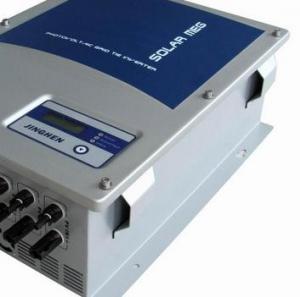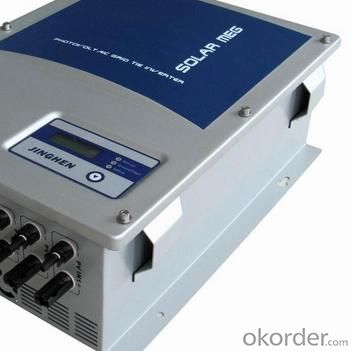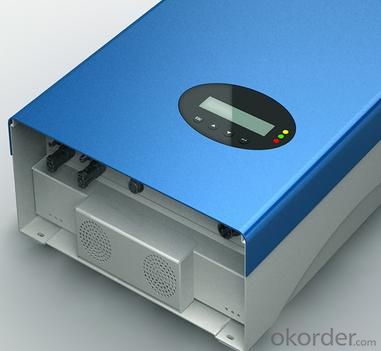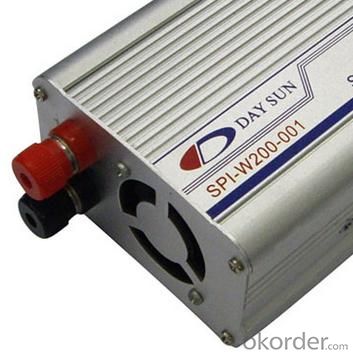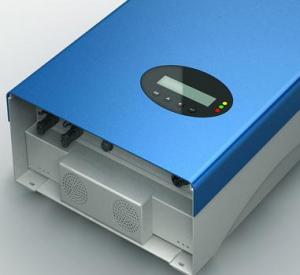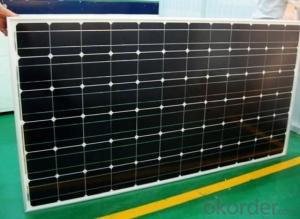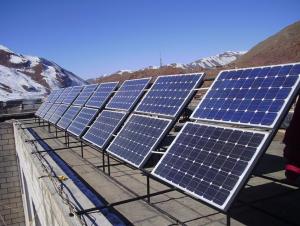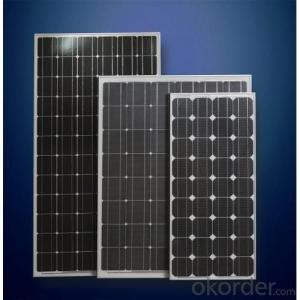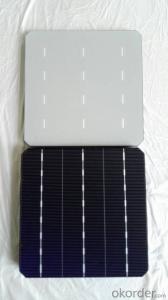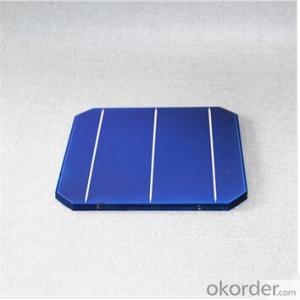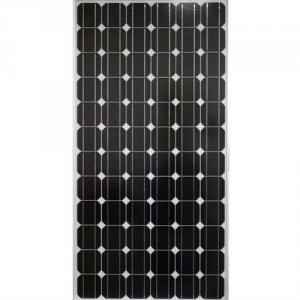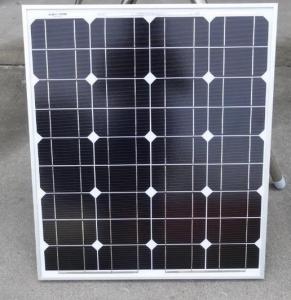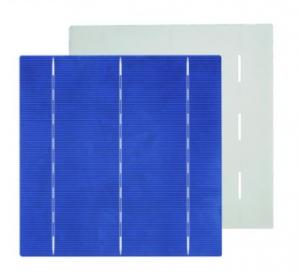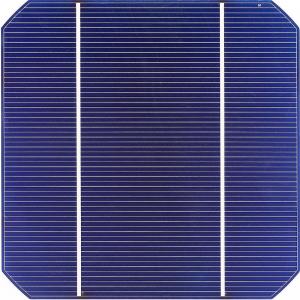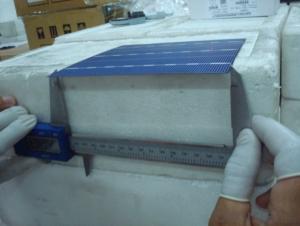Si Based High Efficiency Monocrystalline Solar Module - Very Good Quality
- Loading Port:
- Shanghai
- Payment Terms:
- TT or LC
- Min Order Qty:
- 2250 watt
- Supply Capability:
- 30000000 watt/month
OKorder Service Pledge
OKorder Financial Service
You Might Also Like
1, Product desciption
Inverter circuits designed to produce a variable output voltage range are often used within motor speed controllers.
The DC power for the inverter section can be derived from a normal AC wall outlet or some other source. Control and feedback circuitry is used to adjust the final output of the inverter section which will ultimately determine the speed of the motor operating under its mechanical load.
Motor speed control needs are numerous and include things like: industrial motor driven equipment, electric vehicles, rail transport systems, and power tools. (See related: variable-frequency drive ) Switching states are developed for positive, negative and zero voltages as per the patterns given in the switching Table.
The generated gate pulses are given to each switch in accordance with the developed pattern and thus the output is obtained.
2, Features of the product
Inverters convert low frequency main AC power to higher frequency for use in induction heating.
To do this, AC power is first rectified to provide DC power. The inverter then changes the DC power to high frequency AC power. Due to the reduction in the number of DC Sources employed, the structure becomes more reliable and the output voltage has higher resolution due to an increase in the number of steps so that the reference sinusoidal voltage can be better achieved.
This configuration has recently become very popular in AC power supply and adjustable speed drive applications. This new inverter can avoid extra clamping diodes or voltage balancing capacitors. There are three kinds of level shifted modulation techniques, namely:
· Built-in 1 year data logger for system analysis
· Charge and discharge status display
· Acoustic load disconnect pre-warning
· Load status indication
· Choose between 5 load disconnect algorithms
· Boost/absorption/float PWM-regulation (series type)
· Integrated temperature compensation
· Covered terminals (up to 16 mm2 wire size)
· Full solid-state protection
Is the electrical grid already nearby or would you need to call in the power company to bring in electrical lines.
If the electric needs to be brought to the area, how much is this going to cost? Depending on how far the grid electric is from the location of the needed lighting, this can be quite expensive.
How much lighting is needed on the street? Do the lights need to be dark sky compliant.
Do the street lights need to run from dusk to dawn or for only a specified number of hours at night.
Are the street lights able to dim in the middle of the night and still provide enough lighting.
These questions need to be answered before you can decide on how many lights you will need to complete the project.
3, Product Image
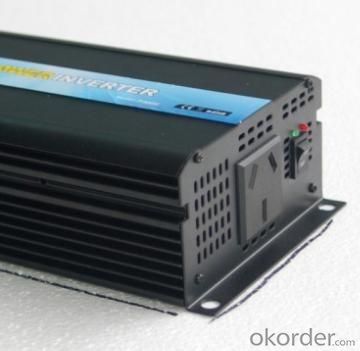
4, Detailed Specification
INPUT | |
Input voltage range | 185~265±5Vac |
OUTPUT | |
Output voltage range | 185~265±5Vac (AC mode) , 230Vac (DC mode) |
Output frequency (DC mode) | 50Hz (48~54Hz) or 60Hz(58~64Hz), same as AC(AC mode) 50Hz ±0.3Hz (DC mode) |
Wave form | Sine wave (DC Mode) |
Transfer time | 10ms. (Typical) |
BATTERY | |
Rated charging current (max.) | 45A |
Norminal DC input voltage | 12V |
Min. DC start voltage | 20V / 40V |
PHYSICAL | |
Unit dimension (mm) | 526*277*212 |
Master box dimension (mm) | 620*350*370 |
Net weight (1pc, kg) | 22.8 |
- Q: Can solar cells be used on windows?
- Yes, solar cells can be used on windows.
- Q: Can solar cells be used for military applications?
- Yes, solar cells can be used for military applications. They can provide a reliable and independent source of power for various military equipment, including remote surveillance systems, communication devices, and even powering military bases or remote outposts. Solar cells offer the advantage of being lightweight, portable, and environmentally friendly, making them suitable for a range of military operations and reducing reliance on traditional fuel sources.
- Q: Doping and Diffusion Principle in Solar Cell Processing
- Doping in semiconductors refers to the incorporation of phosphorus or gallium in semiconductor silicon to obtain n-type or p-type semiconductor materials, thereby fabricating a wide variety of semiconductor devices.
- Q: What is the impact of tree shading on solar cell efficiency?
- Tree shading can significantly reduce solar cell efficiency as it blocks sunlight from reaching the surface of the cells. This shading creates patches of shade on the solar panels, reducing the overall output of electricity. It is important to ensure that solar panels are installed in areas with minimal shading to maximize their efficiency and energy generation.
- Q: Anybody ever heard of solar roll flexible solar panel?
- Yes, I heard about that, and I used it for one year, but you really need to make sure you know how to use it well because it requires you some skills to use it properly.
- Q: How do solar cells impact carbon emissions?
- Solar cells have a significant positive impact on carbon emissions as they generate electricity without producing any greenhouse gas emissions. By harnessing the sun's energy, solar cells reduce our reliance on fossil fuels for power generation, ultimately helping to mitigate climate change and reduce carbon emissions.
- Q: Can solar cells be used for powering remote data collection devices?
- Yes, solar cells can be used for powering remote data collection devices. Solar cells harness sunlight and convert it into electricity, providing a reliable and sustainable source of power for devices located in remote areas where access to traditional power sources may be limited or unavailable.
- Q: What is the efficiency of a typical solar cell?
- The efficiency of a typical solar cell varies, but it is generally around 15-20%.
- Q: Can solar cells generate electricity on cloudy days?
- Yes, solar cells can generate electricity on cloudy days, although the amount of electricity produced may be significantly reduced compared to sunny days.
- Q: Can solar cells be used in farming or agriculture?
- Yes, solar cells can be used in farming or agriculture. They can be used to power various agricultural processes such as irrigation systems, lighting, and machinery. Additionally, solar panels can be installed on rooftops or in fields to generate electricity, reducing reliance on the grid and providing a sustainable energy source for farming operations.
Send your message to us
Si Based High Efficiency Monocrystalline Solar Module - Very Good Quality
- Loading Port:
- Shanghai
- Payment Terms:
- TT or LC
- Min Order Qty:
- 2250 watt
- Supply Capability:
- 30000000 watt/month
OKorder Service Pledge
OKorder Financial Service
Similar products
Hot products
Hot Searches
Related keywords
